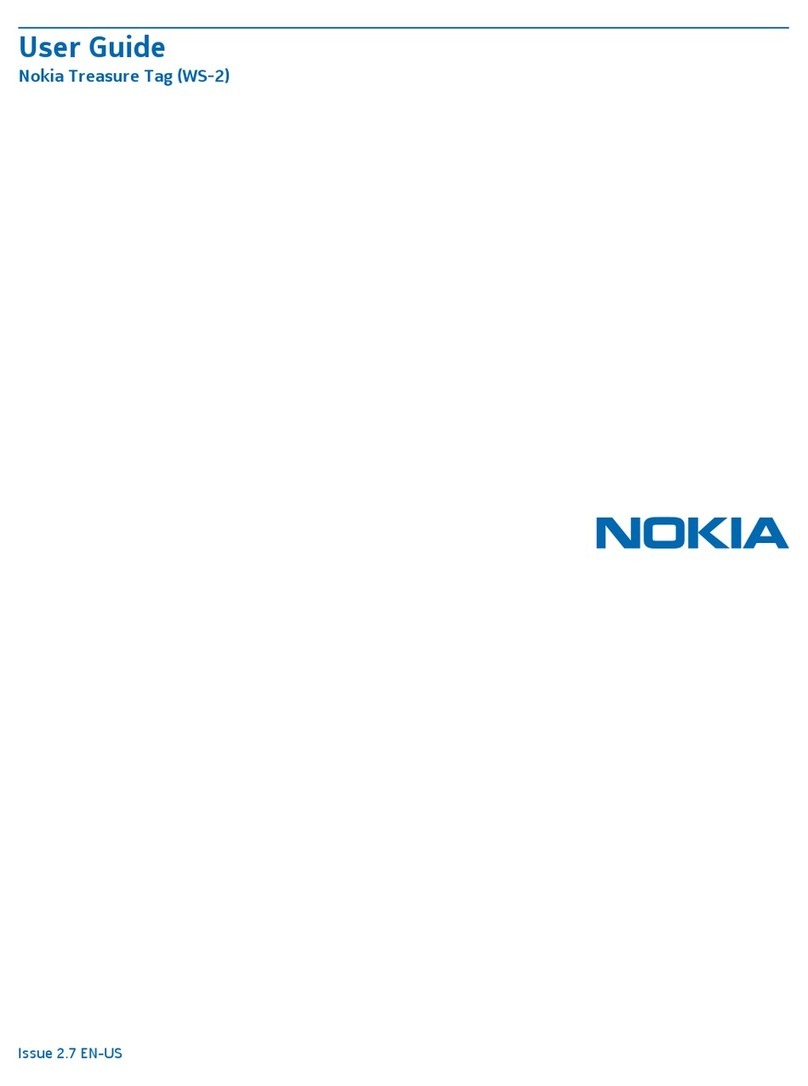
NWSP Wrist Unit
Assembly Instructions
3 (12)
Copyright © 2008 Nokia Corporation
Tom Ahola 2008-05-15
1. ELECTRONICS ASSEMBLY
1.1 Bluetooth antenna and keypad
Start by attaching the Bluetooth antenna and touch keypad to the add-on board as shown
in Figure 2. The wires for the keypad can be a piece of ribbon cable or separate wires. For
the wrist unit the length of the cable/wires can be 20-25mm. Too long wires will be difficult
to fit into the casing. The keypad circuit board will be glued to the cover so there must not
be anything (glue, solder, wires) shooting out to the flat side of the board. The wires don’t
have to be inserted into the holes but can be soldered to the surface only. The wires
should be connected so that each one of the five pads on the keypad board are connected
to each one of the pads on the add-on board in order with the orientation of boards shown
in the figure. The wires should bend to the direction over the integrated circuit on the
keypad PWB as shown in Figure 3. Glueing of the wires is optional but recommended to
make the connections robust enough to allow opening and closing of the device several
times for programming.
Figure 2 Attaching the Bluetooth antenna and touch keypad to the add-on board.





























